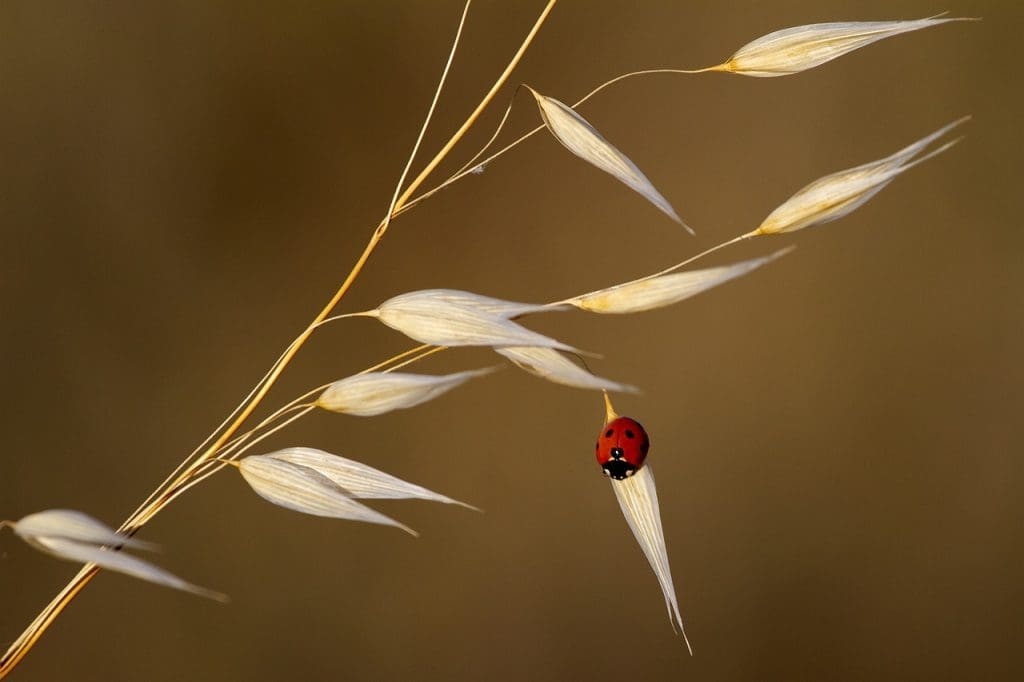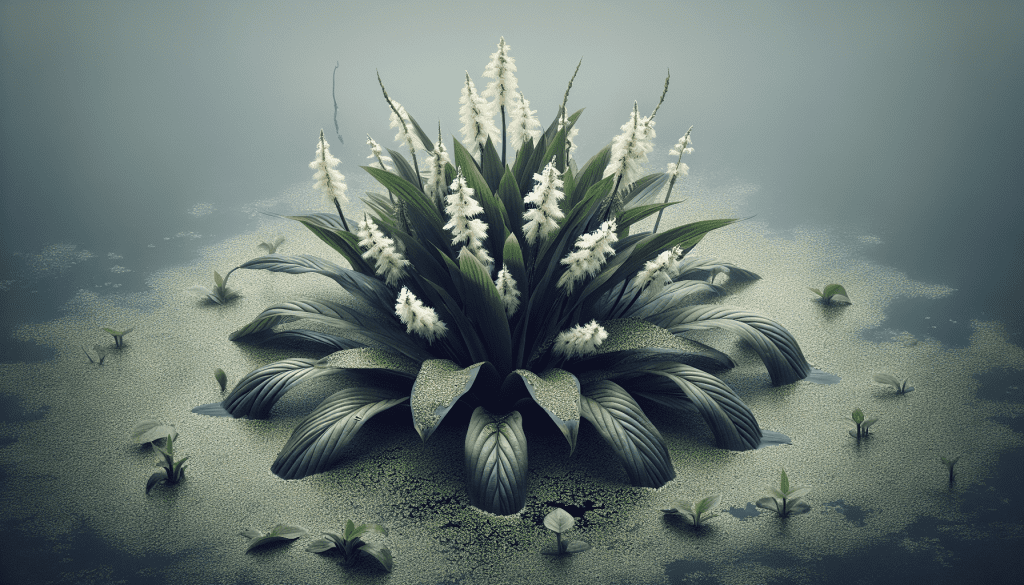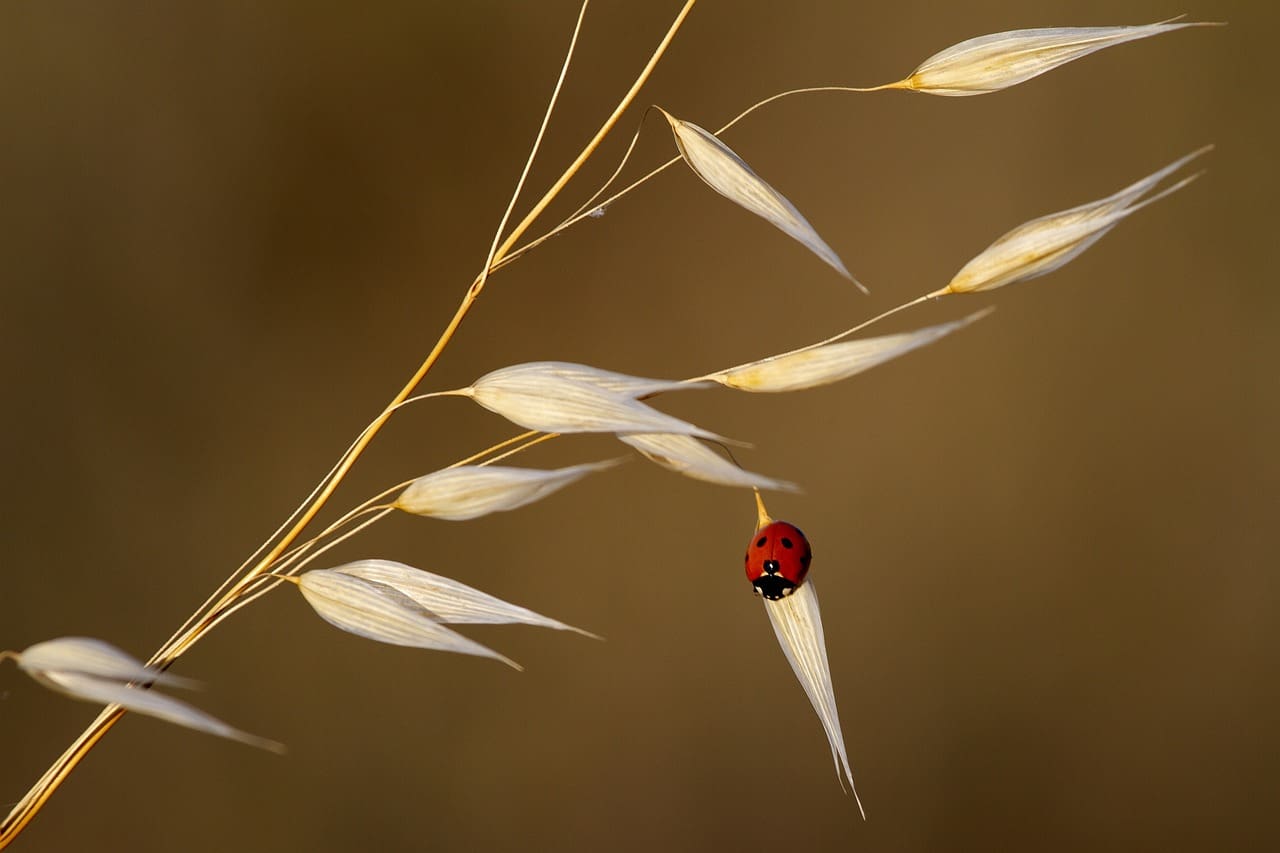If you’re keen on playing a role in preserving your local ecosystem, learning how to identify alligator weed can be a vital skill. Alligator weed, an invasive plant species, can wreak havoc on water bodies and disrupt native flora and fauna. You’ll find that its long, hollow stems and opposite leaves, which are arranged in pairs along the stem, set it apart from other plants. Additionally, its small, white, clover-like flowers bloom in clusters and can help you spot this invasive intruder. By becoming adept at recognizing these telltale signs, you can contribute to the essential efforts needed to control and manage the spread of alligator weed in your community.
How To Identify Alligator Weed In Your Local Environment

Introduction
Have you ever found yourself gazing at the plants around your favorite local pond, wondering if any of them might be invaders threatening the local ecosystem? If so, you’re not alone! Many people are keen to learn more about identifying different plant species, particularly those that pose a threat to native habitats. In this article, we will guide you through understanding and identifying alligator weed (Alternanthera philoxeroides) in your local environment.
What is Alligator Weed?
Alligator weed is an invasive species originally from South America. It’s known for its ability to rapidly take over aquatic environments, where it can cause substantial ecological and economic damage. Learning how to identify this plant is crucial because it allows you to take action and prevent its spread.

Why is it Important to Identify Alligator Weed?
Understanding what alligator weed looks like is essential because:
- Environmental Impact: It competes with native plants for resources, outgrowing them and reducing biodiversity.
- Economic Impact: It clogs waterways, impedes agriculture, and can affect recreational activities like fishing and boating.
- Health Impact: In stagnant water, it can create breeding grounds for mosquitoes, which can in turn spread diseases.
Key Characteristics of Alligator Weed
1. Leaf Structure
One of the easiest ways to identify alligator weed is by its leaves. Here’s what to look for:
- Shape: They are elliptic or lance-shaped.
- Arrangement: The leaves grow in pairs, opposite each other on the stem.
- Size: Each leaf ranges from 0.5 to 6 inches in length.
- Color: Bright green on the surface and slightly lighter underneath.
2. Stems
The stems of alligator weed are quite distinctive:
- Shape and Texture: Stems are hollow, making them buoyant in water. They are also somewhat reddish or purplish in color.
- Growth Pattern: The stems can extend to over 30 feet in length, forming dense mats that float on the water or spread across moist ground.
3. Flowers
Although the leaves and stems are often the first indicators, flowers can also help in accurate identification:
- Appearance: Small, white, and clover-like.
- Location: They grow on the tips of the stems.
- Season: They typically bloom from late spring through the summer.
| Characteristics | Description |
|---|---|
| Leaves | Elliptic or lance-shaped, opposite pairs, 0.5-6 inches long, bright green |
| Stems | Hollow, buoyant, reddish/purplish, over 30 feet long |
| Flowers | Small, white, clover-like, blooming late spring to summer |

Where to Look for Alligator Weed
Aquatic Environments
Alligator weed thrives in aquatic settings. Look for it in:
- Lakes and Ponds: It forms mats that float on the surface.
- Rivers and Streams: Often found along the edges.
- Wetlands: Ideal habitats include marshes and swamps.
Terrestrial Environments
Though most common in water, it can also be found on land:
- Flooded Fields: Agricultural areas that are frequently flooded.
- Ditches and Roadside Gullies: Anywhere there is sufficient moisture.
Seasonal Considerations
Understanding the growth cycle can improve your identification skills.
Spring and Summer
- This is the prime growing season.
- Look for new stems and leaves rapidly emerging.
- You’ll likely see the small white flowers start to appear.
Fall and Winter
- Growth slows down significantly, but the plant can still be identified.
- The hollow stems and leftover summer growth remain visible.

Methods of Control and Management
Manual Removal
Hand-pulling may be effective for small infestations. Ensure you remove the root system to prevent regrowth.
Chemical Control
Herbicides can be used, but must be chosen carefully to avoid harming native species. Always comply with local regulations regarding pesticide use.
Biological Control
Natural predators like the Alligator Weed Flea Beetle can be introduced. Consult local environmental institutions for advice and best practices.
Reporting and Getting Help
While personal efforts make a difference, don’t hesitate to enlist help:
- Local Environmental Agencies: Report sightings to agencies for broader management strategies.
- Community Groups: Participate in community efforts for invasive species removal.

Consequences of Misidentification
Be cautious, as misidentifying alligator weed can lead to:
- Wasted Resources: Ineffectively targeting the wrong species.
- Harm to Native Plants: Misguided removal or herbicide use can damage native flora.
Common Look-Alikes
| Look-Alike Plants | Key Differences |
|---|---|
| Smartweed (Persicaria spp.) | Leaves are narrower and often have a dark blotch. |
| Carolina Water-Hyssop (Bacopa caroliniana) | Leaves are more rounded and succulent-like. |
Tips for Differentiating
- Leaf Arrangement: Many look-alikes don’t have the exact opposite pair arrangement.
- Stem Structure: Hollow, buoyant stems are unique to alligator weed.
Conclusion
Identifying alligator weed in your local environment is crucial for preserving local ecosystems, protecting economic interests, and maintaining public health. By learning its key characteristics—leaf structure, stem appearance, and flowers—you can effectively locate and report this invasive species. Utilize the guidelines provided here to distinguish it from similar plants and take appropriate actions for control and management. With your help, we can safeguard our natural environments from this invasive threat. Happy plant hunting!
